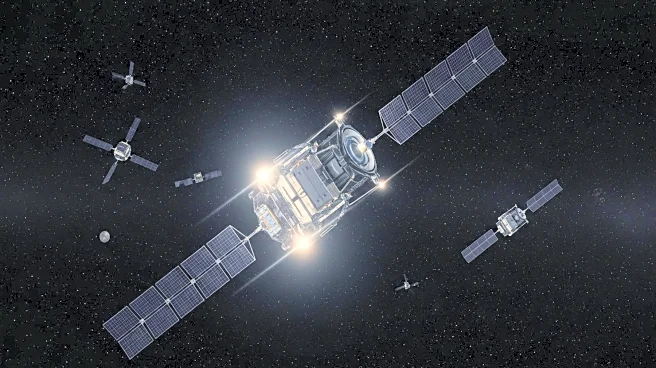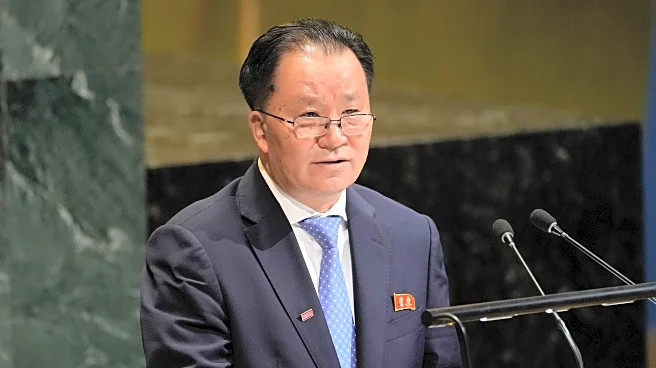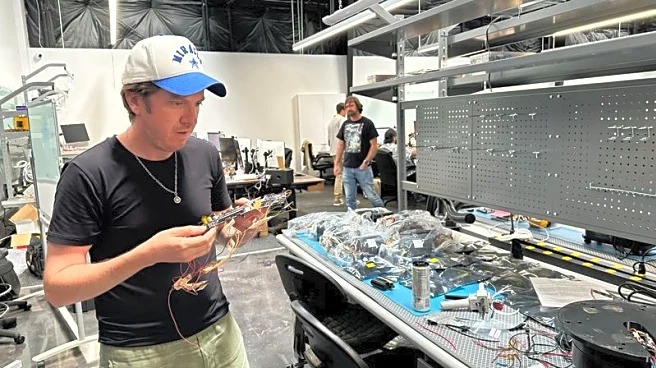What is the story about?
What's Happening?
The U.S. Space Force is undertaking significant procurement reforms to modernize its satellite programs. The RG-XX program aims to replace the existing Geosynchronous Space Situational Awareness Program satellites with fleets of smaller spacecraft sourced from multiple vendors. This shift is part of a broader strategy to leverage commercial satellite technology, with over 150 companies expressing interest in participating. Additionally, the PTS-G program is being developed as a flexible 15-year contract vehicle to incorporate commercial satellites in geostationary orbit, allowing multiple companies to compete for production slots. These initiatives are part of a larger effort to accelerate acquisitions and integrate commercial innovations into military operations, as highlighted by Maj. Gen. Stephen Purdy, the acting assistant secretary of the Air Force for space acquisition and integration.
Why It's Important?
These procurement reforms are crucial for the U.S. Space Force as they aim to enhance national security and defense capabilities. By adopting a more decentralized and competitive approach, the Space Force seeks to reduce costs and improve the speed of satellite deployment. This strategy not only fosters innovation within the commercial space sector but also ensures redundancy and resilience in satellite operations. The reforms are expected to mitigate past issues of delays and cost overruns, as seen in previous programs like the SBIRS. The integration of commercial technology is anticipated to strengthen the U.S. military's ability to respond to emerging threats, particularly from adversaries like China and Russia, who are advancing their anti-satellite capabilities.
What's Next?
The Space Force's procurement reforms are likely to continue evolving as they seek to maintain momentum and adapt to technological advancements. The success of these initiatives will depend on sustained support from Congress and the Pentagon's commitment to maintaining a competitive and innovative procurement environment. The Space Force is also expected to expand its collaboration with venture capital firms to identify and support promising startups in the space industry. This approach aims to ensure a robust industrial base capable of meeting the demands of future satellite programs and national security needs.
Beyond the Headlines
The reforms highlight a significant cultural shift within the Pentagon towards embracing commercial partnerships and innovation. This change reflects a broader trend of integrating private sector advancements into military operations, which could lead to long-term shifts in how defense acquisitions are conducted. The focus on speed and efficiency may also influence other branches of the military, potentially setting a precedent for future procurement strategies across the Department of Defense.
AI Generated Content
Do you find this article useful?















